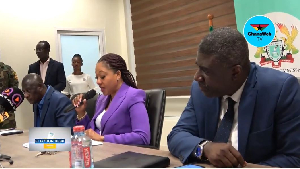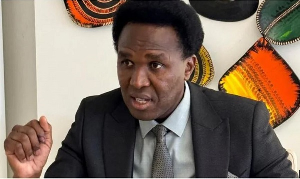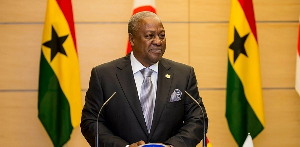Funding for the country’s transport sector has been left to the benevolence of donors, following a 65 percent reduction in the sector ministry’s budget for the 2016 financial year.
The Ministry of Transport’s budget allocation of GHc126million for this year is 65 percent less than its 2015 approved budget, leaving agencies under the ministry grasping at straw and project timelines likely to be missed.
Of the 2015 approved amount of GHc362 million, benevolent donor partners provided GHc255 million of the total to fund rail projects, acquisition of maritime equipment, port dredging projects, road transport management and aviation-related programmes.
In 2016, donor countries and agencies are expected to provide GH¢50million of the approved GHc126million for the 2016 fiscal year.
The Regional Maritime University, rail infrastructure development and maintenance, the National Road Safety Commission, the Ghana Railway Development Authority and Government Technical Training Centre are all expected to make do with meagre funding.
For a ministry that has been embroiled in a GHc3.6million saga involving the spraying and rebranding of 116 imported buses for the Metro Mass Transit Company Limited, it remains to be seen if this imprudence will adversely affect donor funds inflow.
The immediate-past Transport Minister Mrs. Dzifa Attivor, in her submission to Parliament for approval of the Transport Ministry’s budget for the 2016 fiscal year, noted that the approved amount is “woefully inadequate to meet the sector’s developmental needs in the year 2016”.
“The most-affected is development of the railway network, for which works are ongoing for the Takoradi to Sekondi commuter rail line. The provision of GHc10million from the Annual Budget Funding Amount (ABFA) cannot meet the completion cost for the project,” which was scheduled to be completed this year.
The Takoradi-Sekondi commuter rail line is part of the 330kilometre Western Corridor Railway project.
The zone earmarked for the project is one of the wealthiest in the country. It has huge deposits of minerals such as gold, diamonds and manganese. It also lays in the forest region of the country, renowned for timber, cocoa and oil palm plantations.
However, poor road networks and the decades-old neglect of limited rail networks in the area have limited full realisation of the region’s potential.
The Western Railway Project is of significant economic importance. It connects the metropolitan area of Takoradi-Sekondi with Kumasi -- the second-most populated capital in the country.
The Takoradi Port is also the second-largest port in Ghana for goods traffic, and its importance is increasing in relation to the recent oil wells exploitation strategy.
Kumasi is the connection point between the south of Ghana, represented by the triangle Accra-Takoradi-Kumasi) -- and north of Ghana. Kumasi is also the route for the traffic of goods coming from or directed to the north of Ghana and neighbouring landlocked countries like Burkina Faso. It also serves some important mineral deposits like the bauxite mines near Awaso and the manganese mines near Tarkwa (at Nsuta).
The Front End Engineering Design (FEED) of the Western Railway Line has been completed, and reconstruction of the Sekondi-Takoradi via Kojokrom section of the Western Railway line is 50 percent complete. However, as acknowledged by the then sector minister, this project is unlikely to be completed this year.
Click to view details



Business News of Monday, 18 January 2016
Source: thebftonline.com
Transport sector left to donors
Entertainment
















